
More than 12,000 scientists from 110 nationalities work at CERN whose discoveries shape the future of technology and advance our understanding of the universe. Founded in 1954, the facilities at CERN include one of the largest and most advanced particle accelerators in the world.
Higgs Boson
The 2012 detection of Higgs Boson was groundbreaking for two reasons. Firstly, the elusive particle was postulated in 1964, almost five decades prior to discovery. Its search required big budget and collaboration of many countries.
Secondly, because the Higgs Boson explains as to how fundamental particles such as electrons and quarks have mass. Due to its pervasive nature, Higgs particle was termed the God Particle by several scientists. However, Peter Higgs himself didn't endorse the name.
World Wide Web
It was physicist Tim Berners-Lee who developed the concept of hypertext at CERN in 1989. Many engineers including Robert Cailliau chipped in and the first website was ready by 1991, as a tool to allow scientists to share information.
The world wide web was made freely available to the world in 1993 so that anyone anywhere could connect to the internet. Not only www, the scientists at CERN have also helped develop technologies like PET scans, which is used to detect cancers.
Antimatter
Antimatter was theoretically described by physicist Paul Dirac in 1928. Creation of antimatter could shed light on why almost everything in the known universe consists of matter.
In 1995, scientists at CERN successfully created a stable antihydrogen for the first time. In 2002 they produced antihydrogen atoms in large quantities, but for an incredibly short lifespan, just several milliseconds.
In 2011, scientists were able to maintain antihydrogen atoms for more than 15 minutes, a historic feat. This will allow them to conduct a more detailed study of the antimatter and to create stable antimolecules soon.
Weak Neutral Current
Weak neutral current, a prediction of electroweak theory, is how subatomic particles interact with one another using the weak force. Here, the word current only implies the exchange of Z particle and has nothing to do with electrical current.
In 1973, weak neutral currents were detected by CERN in a neutrino experiment and confirmed the electroweak unification theory by Salam, Glashow and Weinberg who were recognized by the Nobel Prize in 1979.
New State of Matter
In the 1970s and early 1980s, cosmologists theorized the conditions immediately after the Big Bang. They predicted the existence of a new state of matter, a quark-gluon plasma in which quarks, instead of being bound up into protons and neutrons, are liberated to roam freely.
One of the objectives at CERN is to mimic those early universe conditions. In doing so, detection of quark gluon plasma was confirmed in 2000. The then director general of CERN called it an important step forward in the understanding of the early evolution of the universe.
Summing up
You will be surprised to know that of all the people working at CERN, only 3% are physicists. They employ technicians, engineers, IT specialists, writers, etc. who not only aid the advancement of physics but also help change the world by innovating medical, computing and aerospace technologies.







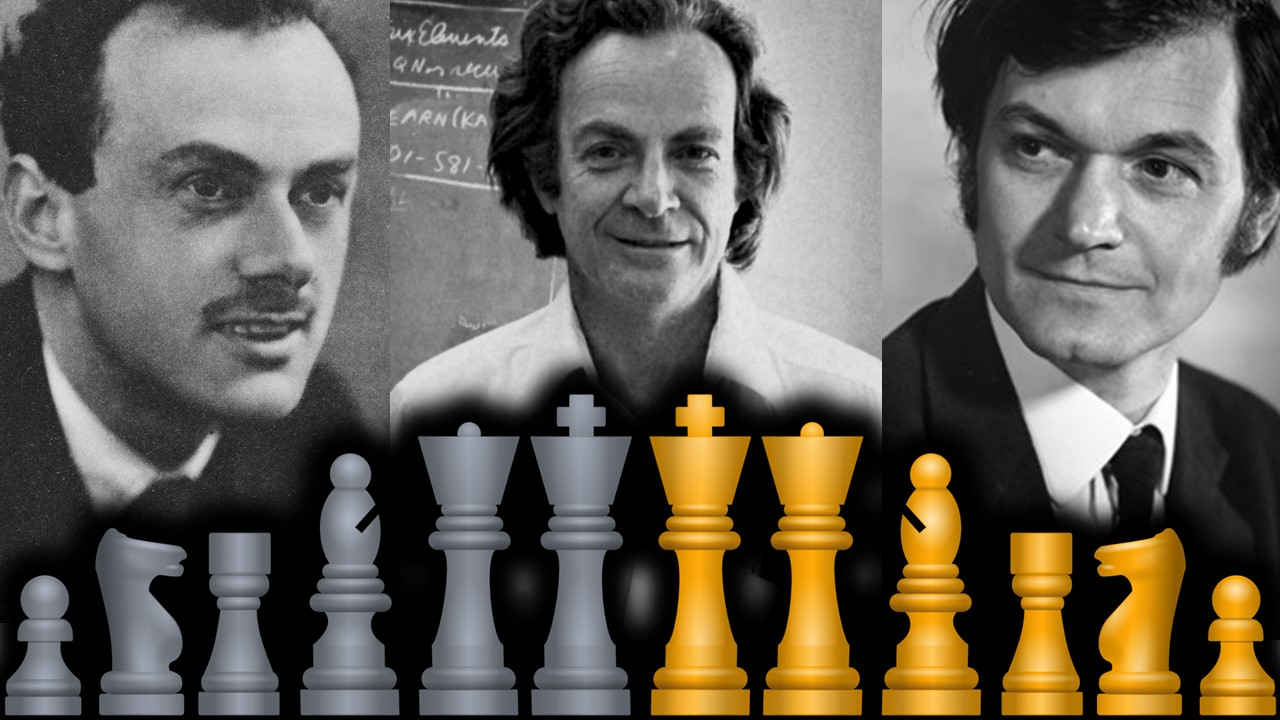
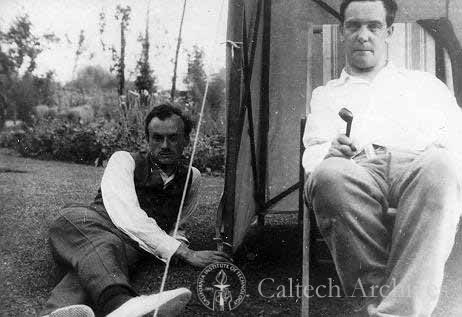
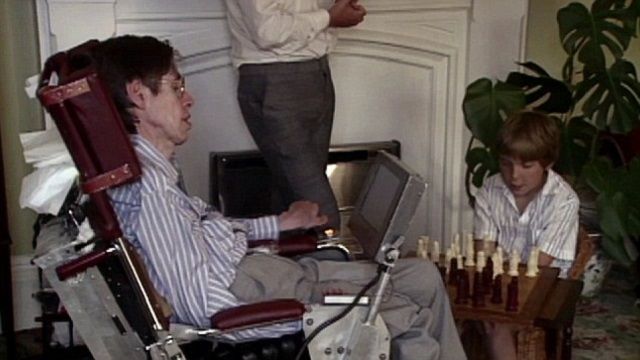
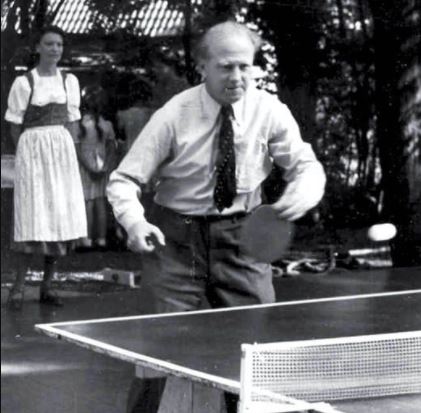
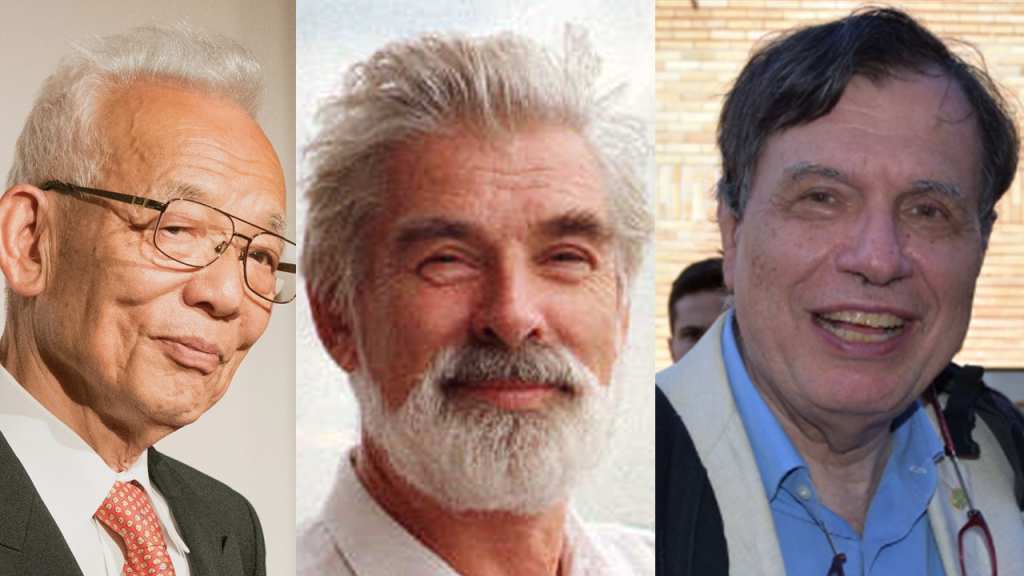










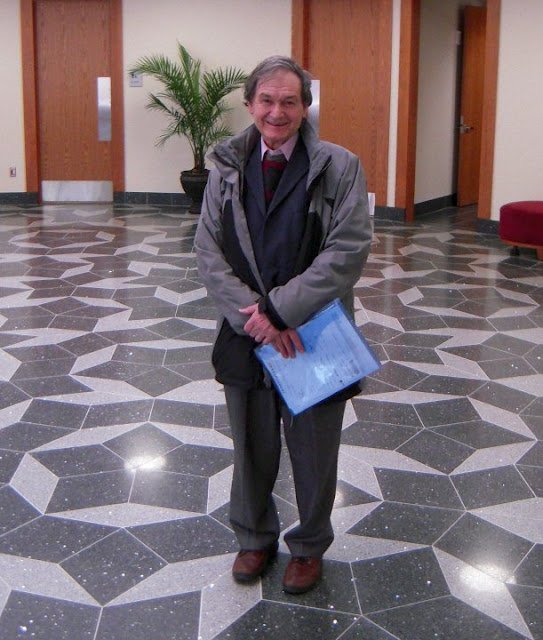



 Physics, astronomy and science history blog for students
Physics, astronomy and science history blog for students